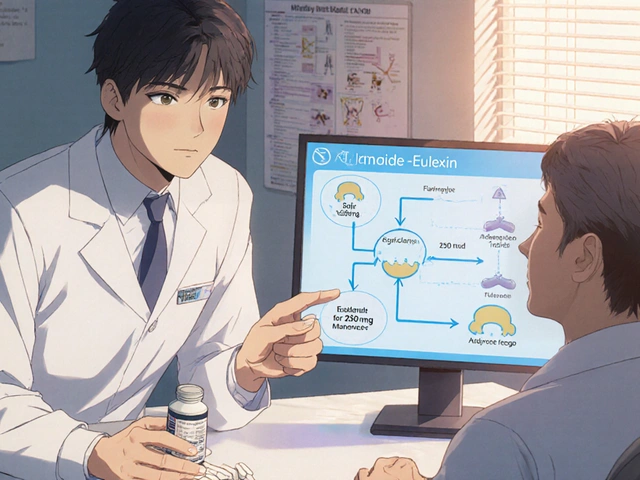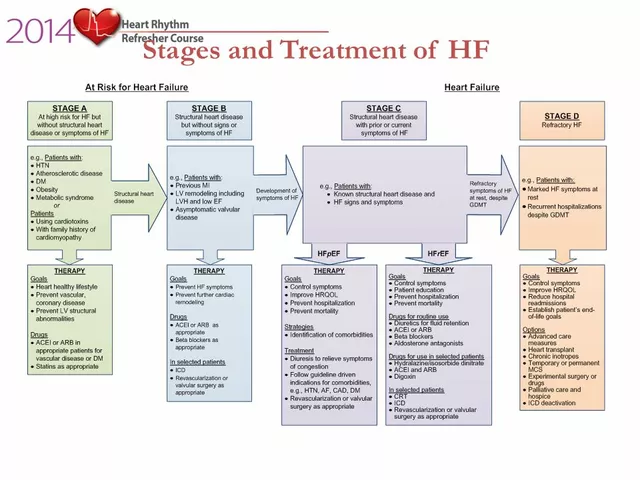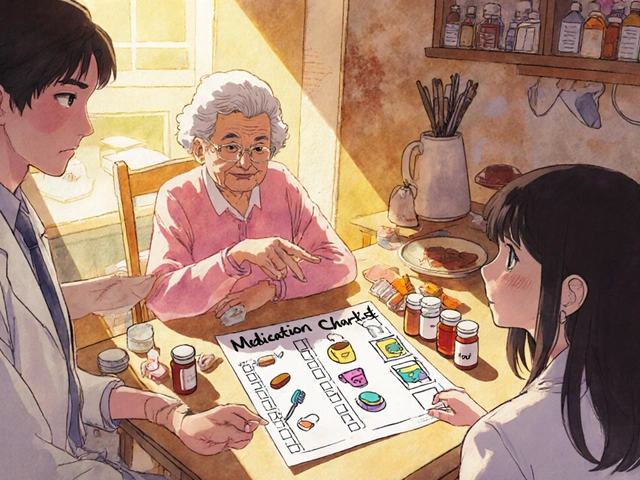Malassezia: What It Is and How to Keep It Under Control
If you’ve ever dealt with stubborn dandruff or an itchy scalp, chances are a yeast called Malassezia is behind it. This tiny fungus lives on most of us without causing trouble—until something tips the balance. When it overgrows, you get flaking skin, redness, and sometimes those embarrassing white patches on your face.
What Is Malassezia?
Malassezia is a type of yeast that loves oily areas of the body: scalp, forehead, chest, and back. It feeds on the natural oils (sebum) we produce, breaking them down into fatty acids that can irritate skin cells. That irritation triggers inflammation, which shows up as dandruff, seborrheic dermatitis, or even fungal acne.
Most people carry Malassezia silently. Factors like stress, hormonal shifts, a change in weather, or using heavy oily cosmetics can let it multiply fast. The result is that classic itchy, flaky feeling you know all too well.
How to Manage Malassezia Fast
The good news? You don’t need a prescription for everything. Start with an anti‑dandruff shampoo containing zinc pyrithione, ketoconazole, or selenium sulfide. Use it twice a week, leave it on the scalp for a few minutes, then rinse. If your skin is affected, look for cleansers that list “antifungal” or “pyrithione zinc” among the ingredients.
Second, keep your skin’s oil level in check. Switch to lighter moisturizers that are “non‑comedogenic” and avoid heavy creams with coconut oil or lanolin—these can feed Malassezia. For facial acne‑like bumps, try a gentle foaming wash with salicylic acid; it reduces excess oil without feeding the yeast.
Third, watch your diet. Some people notice fewer flare‑ups when they cut back on sugary foods and dairy, which can influence skin’s oil production. Stay hydrated and eat plenty of fruits, veggies, and omega‑3 rich fish to support overall skin health.
If over‑the‑counter products don’t calm the itching after a couple of weeks, it’s time to see a dermatologist. They may prescribe a stronger topical like 2% ketoconazole cream or an oral antifungal if the case is severe.
Lastly, remember that consistency beats intensity. Stick with your chosen shampoo and cleanser for at least four weeks before judging results—Malassezia isn’t going to disappear overnight.
By understanding what Malassezza does and using simple, targeted steps, you can keep flaking and itching under control without spending a fortune or waiting months for relief.

Probiotics for Fungal Skin Discoloration: Prevention and Treatment Guide
- Date: 27 Aug 2025
- Categories:
- Author: David Griffiths
Can probiotics help with fungal skin discoloration like tinea versicolor? Clear, evidence-based advice on what works, what doesn’t, and how to use them safely.



